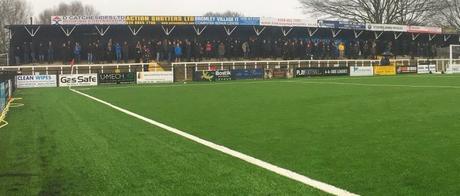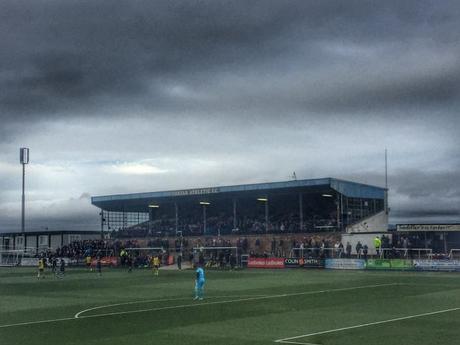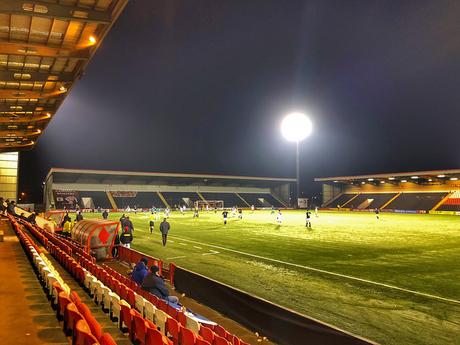The calls for more clubs to install 3G pitches reaches fever pitch every time there is a spell of bad weather in this country but having an artificial surface is not necessarily the answer.
During the first few days of March, the ‘Beast from the East’ delivered snow and freezing temperatures to many parts of the United Kingdom that we had not seen for many years. Public transport ground to a halt, many major roads became unpassable and unsurprisingly, sporting fixtures suffered. At the time of writing three Championship games have already been cancelled, including Sky Sports Live game at Wolverhampton Wanderers as overnight temperatures have dropped as low as -11 in some parts.
The Non-League programme has been decimated with just four games surviving from step 3 and 4 from a total of 140 games due to be played this Saturday. Two of those four (Dover Athletic and Folkestone Invicta) have benefited from their coastal location whilst the other two (Grays Athletic and Worthing) both play their home games on a 3G surface. So you could put an argument forward that 3G’s have proved their worth in this instance, with both Grays Athletic and Worthing likely to get bumper crowds due to the lack of other games in the area (many Lewes fans are heading to Worthing for instance rather than sitting at home, whilst I myself am heading to Aveley FC, where Grays Athletic play). But that isn’t strictly true.

An artificial pitch is not simply a big roll of fake grass that is laid like a carpet. There’s significant amounts of preparation work that has to happen to the ground itself before you get to that stage. The shock-pad is like an underlay for a carpet. That is the bit that does the hard work and like any underlay, the quality and therefore the longevity of the pitch itself is based on cost – the better shock pad used, the more expensive it is but the more wear the pitch will handle. Once the “grass” is laid then the filler is used – in most instances rubber crumb – which keeps the blades of grass upright and also adds as an additional layer of absorption.

Whilst some 3G playing surfaces may have been fit for football, the surrounding areas such as terraces, stands, walkways and car parks may not. In the case of Cray Wanderers’s game today, at Bromley FC, this was the issue that saw their game postponed. There’s very little a club can do to protect these areas from the freezing temperatures – again something that few people factor into their argument as to why clubs should have a 3G pitch. I saw this first hand in December when I visited Airdrieonians for their game with Raith Rovers. The temperatures fell well below zero and whilst the game went ahead on their frosty 3G, the car park was akin to a curling rink and was incredibly dangerous for spectators leaving the ground.

And then, of course, there is the issue of the Football League rules. Any clubs that have ambitions of moving up to the professional game in England is thwarted if they have a 3G by the rule, set by the Football League clubs themselves, that does not allow for 3G pitches to be used. No such rule exists for the FA Cup, the Champions League, UEFA and FIFA competitions – in fact every professional league in Europe allows them (including Scotland, Northern Ireland and Wales) but England doesn’t. So for clubs like Sutton United, Bromley and Maidstone United, challenging currently for the National League Play-offs, they face a dilemma of either dropping out of contention or ripping their 3G pitch up (which in part is the revenue generator that has allowed them to rise up the leagues). Should they do neither and qualify for the Play-offs they face demotion down to the National League South. How is that fair in a sporting sense?
Artificial surfaces have their benefits but let’s all just remember that they aren’t always the answer to the curve-balls that Mother Nature throws at us.
Advertisements &b; &b;
